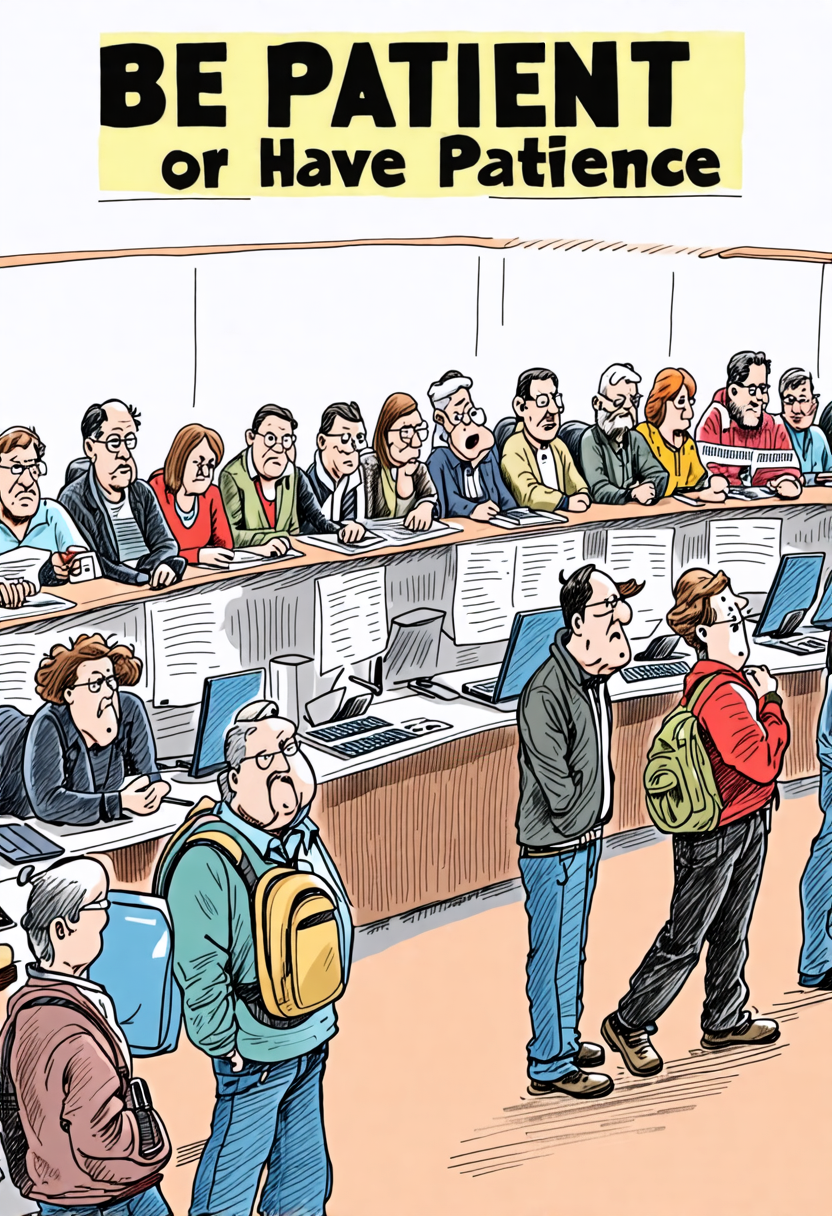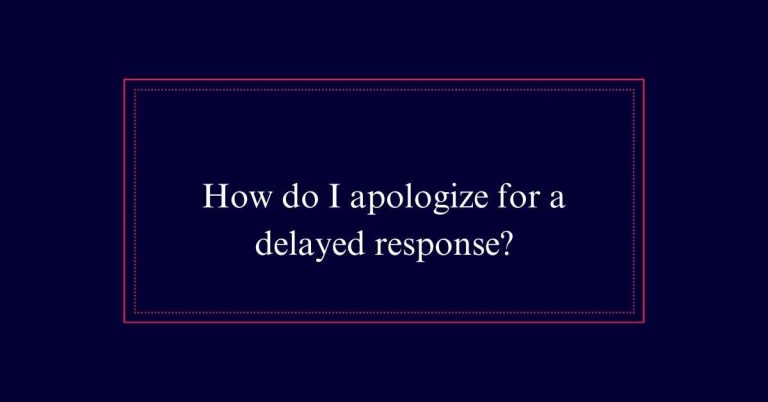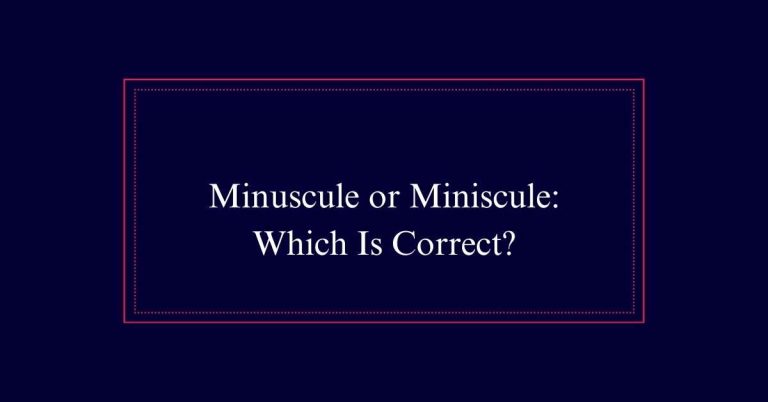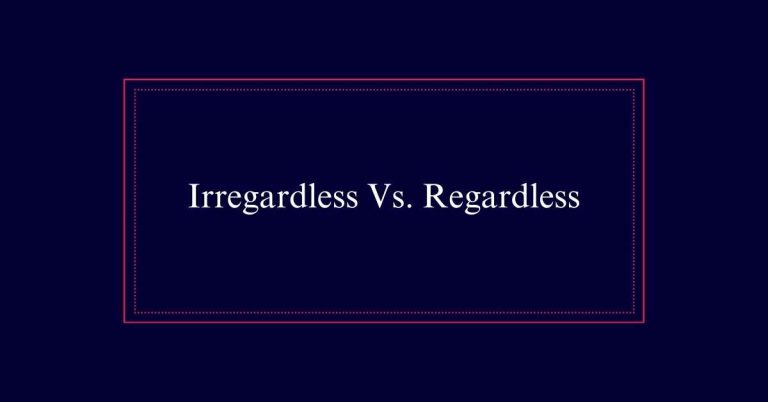Be Patient or Have Patience?
‘Be patient’ means maintaining calm and composure during delays or challenges. It directs someone to adopt a patient mindset. ‘Have patience’ emphasizes the quality of patience itself, encouraging someone to embrace this trait during difficulties. Both expressions convey the importance of emotional resilience and effective communication.
Defining “Be Patient”
When we say ‘be patient,’ we are using ‘patient’ as an adjective to describe a state of calm endurance. This term signifies the ability to remain composed and tolerant when faced with delays or challenges.
For example, in a sentence: ‘Please be patient while we resolve the issue,’ ‘patient’ highlights a quality of maintaining composure. The adjective form emphasizes the ongoing state of enduring without complaint.
It is important to use ‘patient’ correctly to convey the intended meaning clearly. Misuse can lead to confusion, especially since ‘patient’ also refers to someone under medical care. Proper use of ‘patient’ as an adjective ensures effective communication, especially in situations requiring calm and resilience.
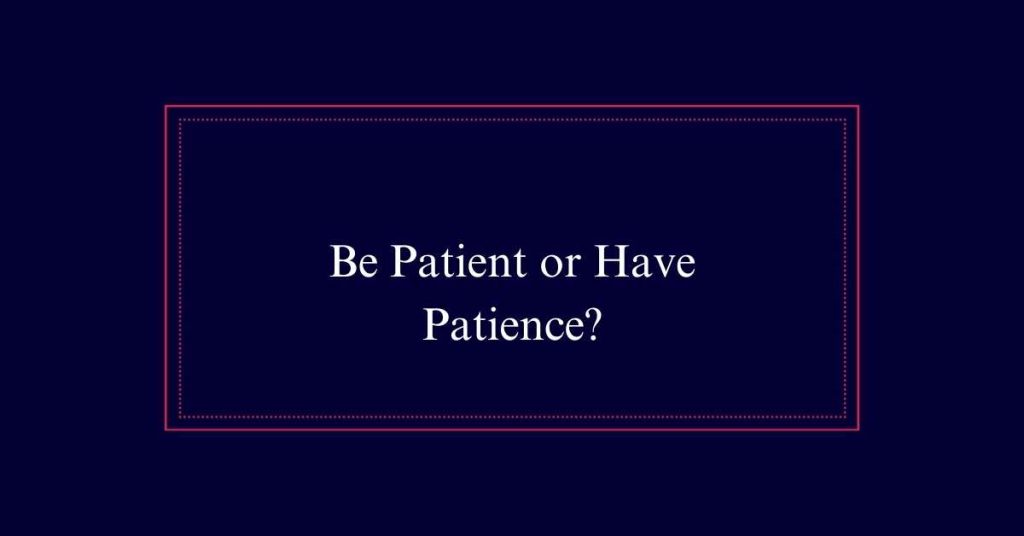
Understanding “Have Patience”
To understand ‘have patience,’ we must recognize that patience is a noun representing the capacity to endure difficulties calmly. This term emphasizes a quality or state of being. It signifies the ability to wait or face challenges without frustration.
When we say ‘have patience,’ we are advising someone to embrace this quality. It is often used in situations requiring emotional resilience, such as dealing with delays or overcoming obstacles. For example, a teacher may tell students to ‘have patience’ while learning a difficult subject. The phrase underscores the importance of maintaining composure and perseverance.
The Noun “Patient”
Contrary to the noun ‘patience,’ the noun ‘patient’ refers to someone receiving medical care. A patient is typically an individual who visits a doctor, hospital, or clinic for treatment. This usage is prevalent in healthcare settings where professionals attend to patients’ needs.
The word ‘patient’ within the medical field is crucial for clear communication. Misusing ‘patient’ and ‘patience’ can result in misunderstandings. For instance, saying ‘the patience in room 204’ instead of ‘the patient in room 204’ is incorrect.
Adjective Vs. Noun
Distinguishing between ‘patient’ as an adjective and ‘patient’ as a noun is essential for clear communication. When ‘patient’ is used as an adjective, it describes a person who is calm and able to wait without frustration. For example, ‘She is a patient teacher.’
On the other hand, as a noun, ‘patient’ refers to someone receiving medical care, such as ‘The doctor attended to the patient.’ Understanding these differences helps avoid confusion. It guarantees that your intended meaning is conveyed accurately.
Examples of “Patient”
Using ‘patient’ correctly in sentences enhances clarity and understanding in communication. As an adjective, ‘patient’ describes someone who shows calmness and resilience.
Here are three examples to illustrate its proper use:
- In a work setting: ‘Despite the delays, the manager remained patient and encouraged the team to stay focused.’
- In personal relationships: ‘She was patient with her friend, listening to her concerns without interrupting.’
- In learning environments: ‘The teacher was patient with the students, allowing them time to grasp the new concepts.’
Benefits of Proper Usage
Understanding the impacts of patience naturally leads to recognizing the benefits of proper usage of patient and patience in communication. Correct usage enhances clarity, avoiding potential misunderstandings.
When you use ‘be patient,’ you describe a state of calm waiting. ‘Have patience,’ on the other hand, underscores the possession of this quality. Knowing these distinctions improves the effectiveness of your message. It also demonstrates linguistic proficiency, fostering credibility and respect.
Additionally, using these terms correctly can strengthen relationships by showing empathy and understanding. In professional settings, clear communication is vital, and mastering these nuances can lead to better outcomes and reduced frustration for all parties involved.
